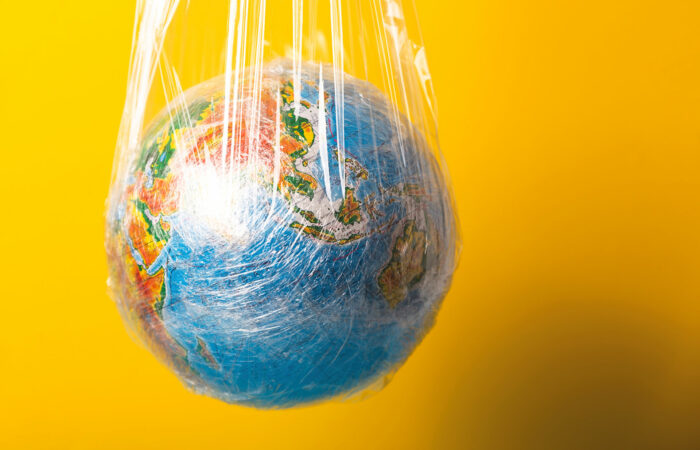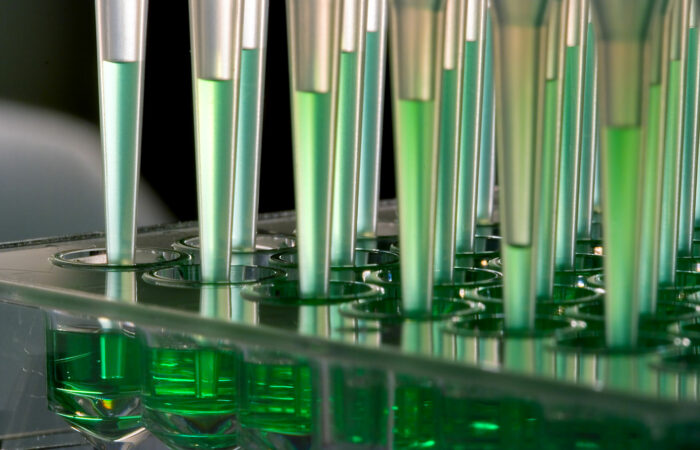What is plastic pollution? Britannica (who created the Encyclopedia Britannica – if you are old enough to remember) penned this scholarly article that defines and explains plastic pollution as is exists today.
Here is an excerpt:
Plastic is a polymeric material—that is, a material whose molecules are very large, often resembling long chains made up of a seemingly endless series of interconnected links. Natural polymers such as rubber and silk exist in abundance, but nature’s “plastics” have not been implicated in environmental pollution, because they do not persist in the environment. Today, however, the average consumer comes into daily contact with all kinds of plastic materials that have been developed specifically to defeat natural decay processes—materials derived mainly from petroleum that can be molded, cast, spun, or applied as a coating. Since synthetic plastics are largely nonbiodegradable, they tend to persist in natural environments. Moreover, many lightweight single-use plastic products and packaging materials, which account for approximately 50 percent of all plastics produced, are not deposited in containers for subsequent removal to landfills, recyclingcentres, or incinerators. Instead, they are improperly disposed of at or near the location where they end their usefulness to the consumer. Dropped on the ground, thrown out of a car window, heaped onto an already full trash bin, or inadvertently carried off by a gust of wind, they immediately begin to pollute the environment. Indeed, landscapes littered by plastic packaging have become common in many parts of the world. (Illegal dumping of plastic and overflowing of containment structures also play a role.) Studies from around the world have not shown any particular country or demographic group to be most responsible, though population centres generate the most litter. The causes and effects of plastic pollution are truly worldwide.



